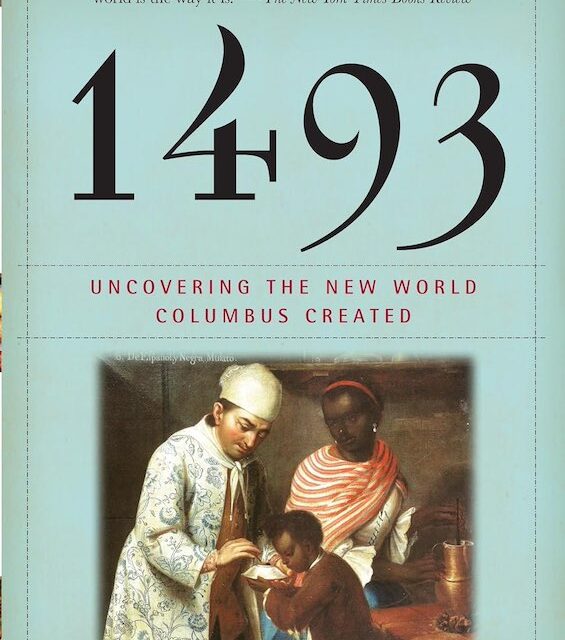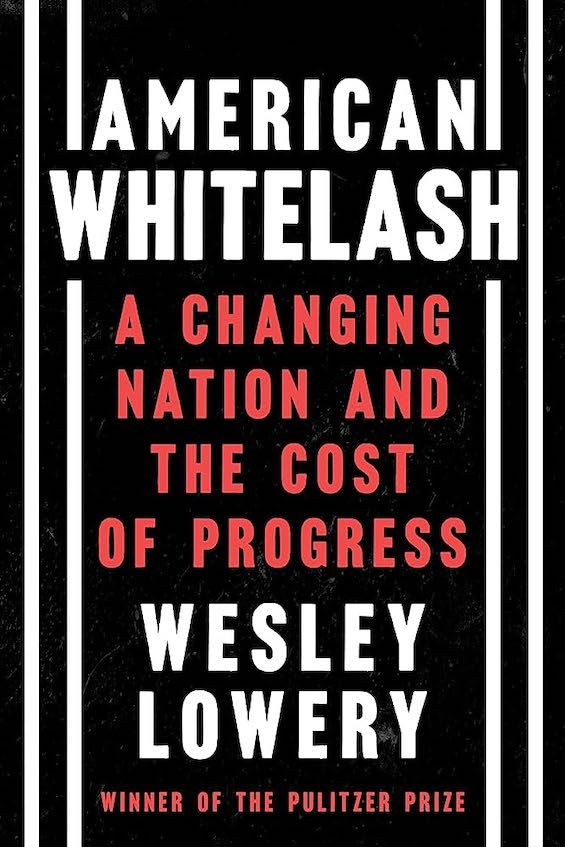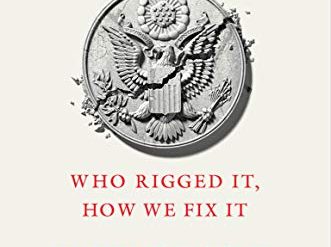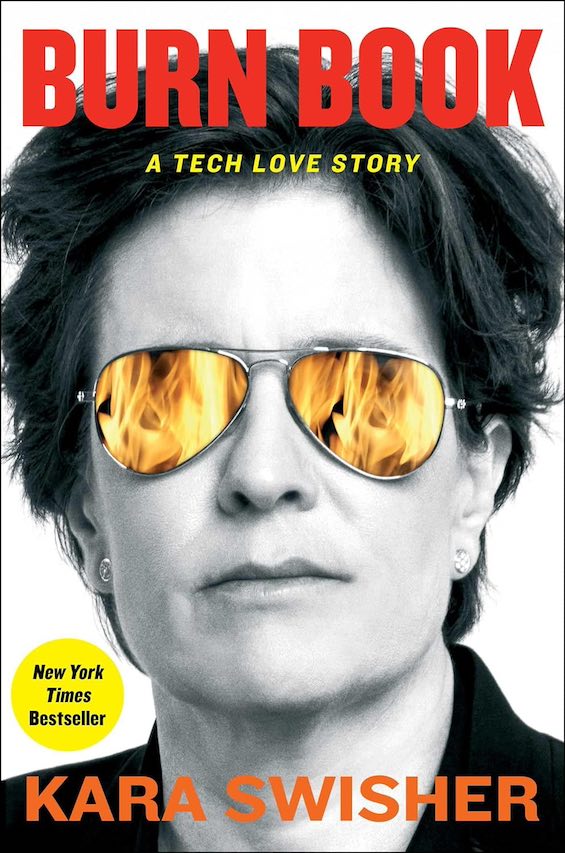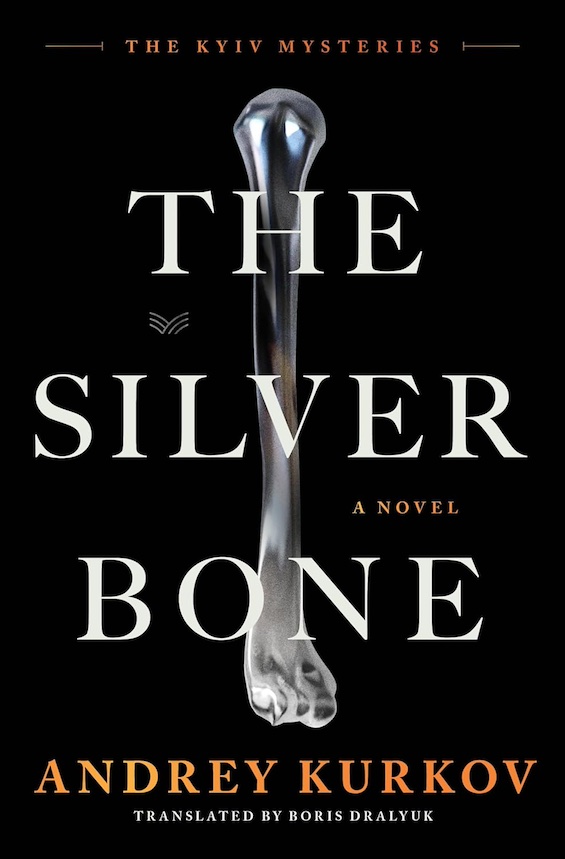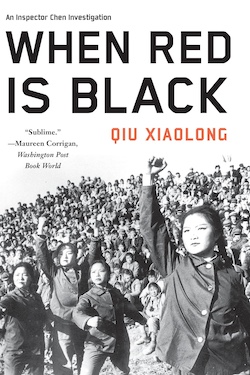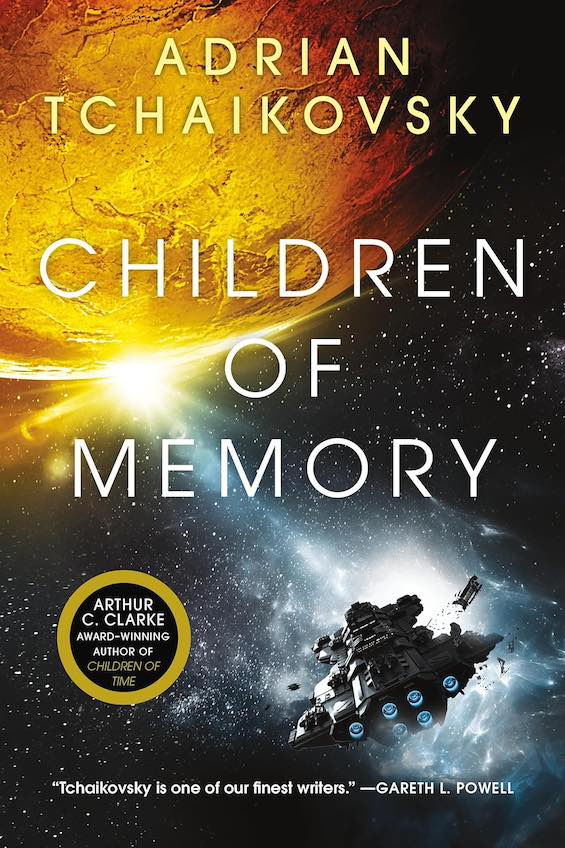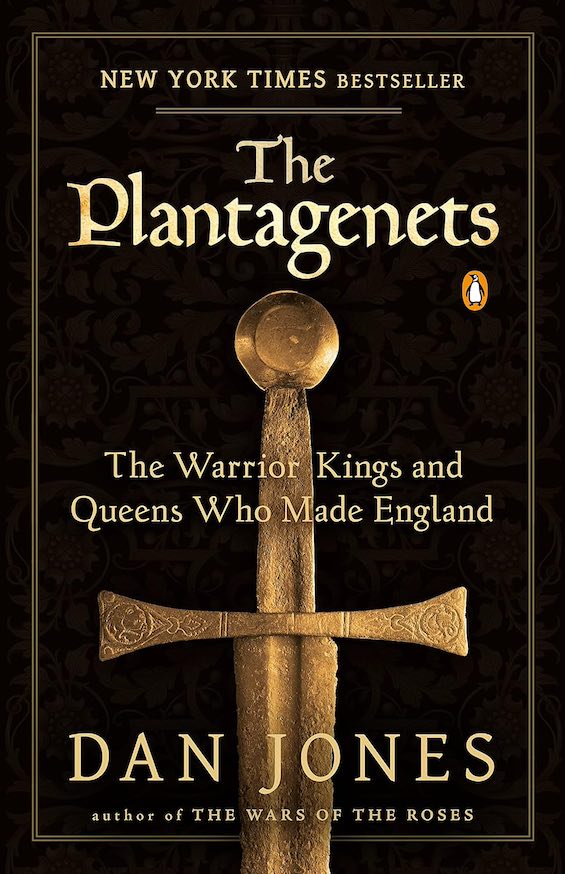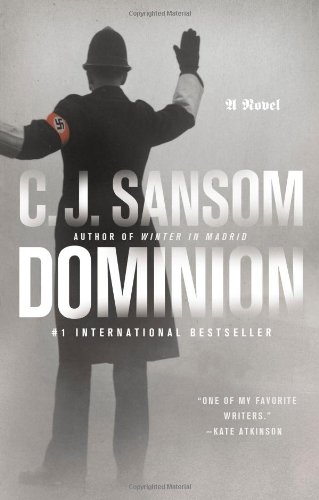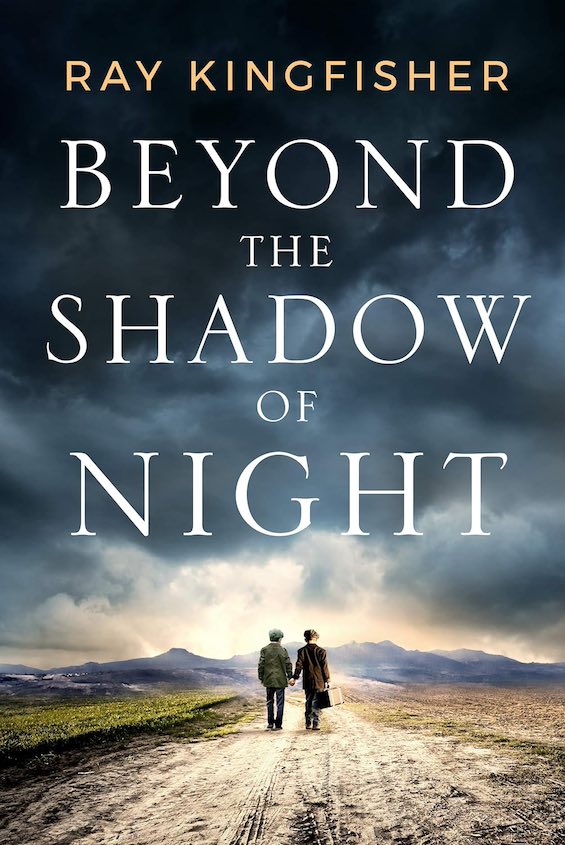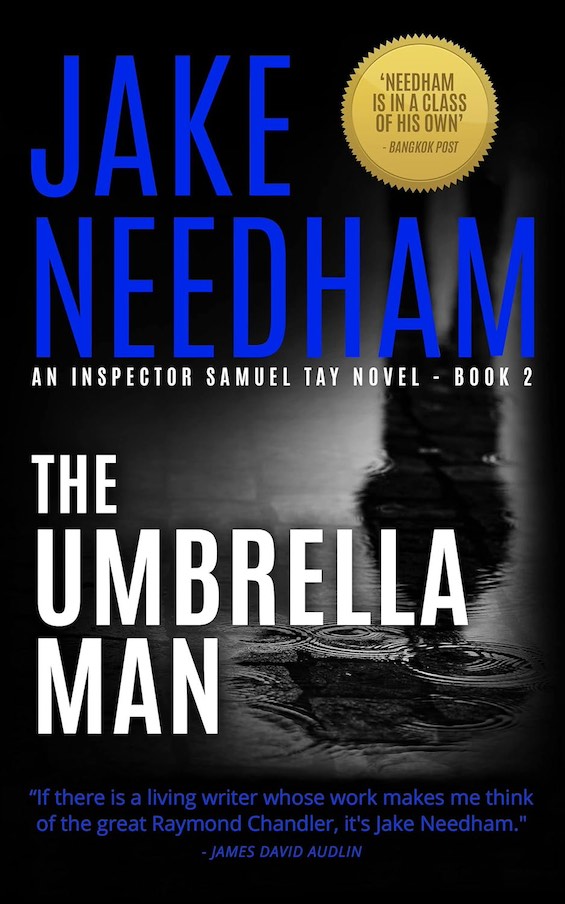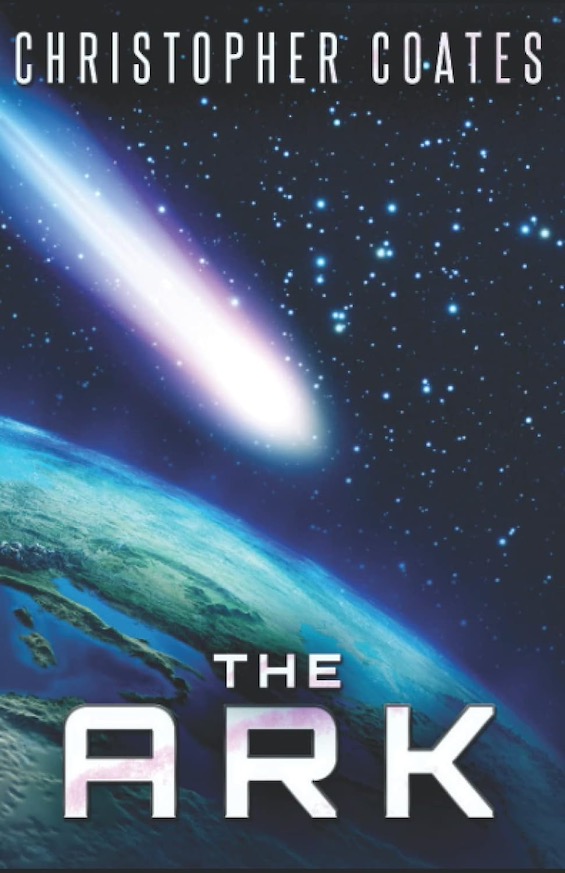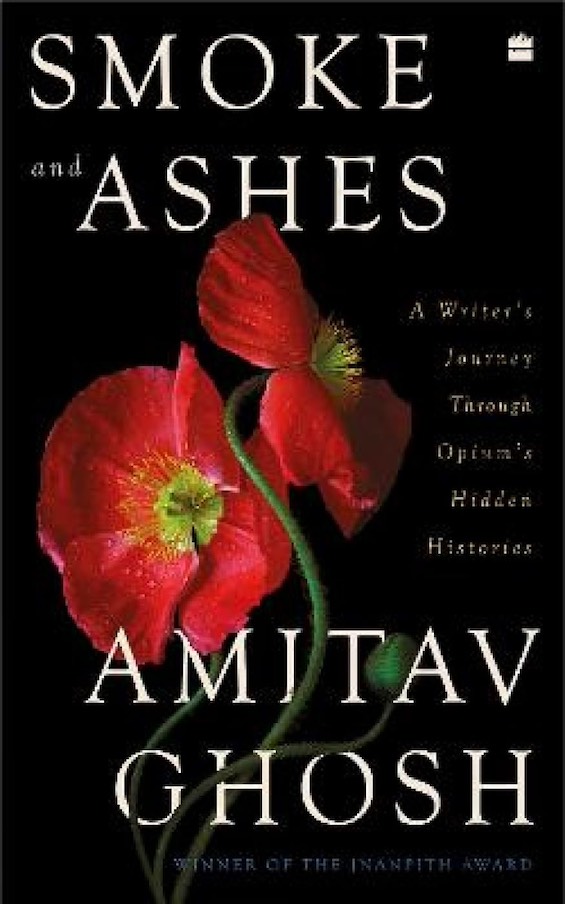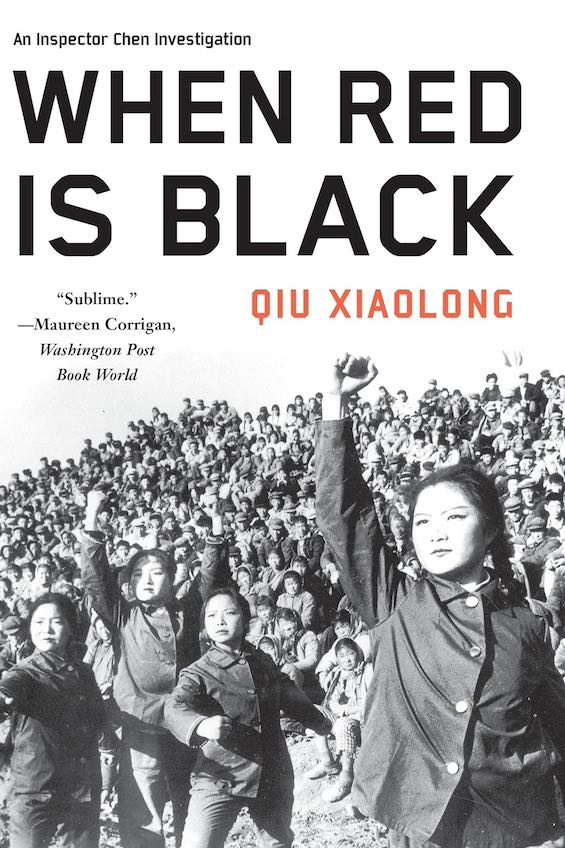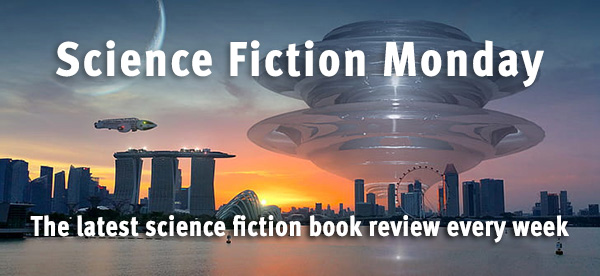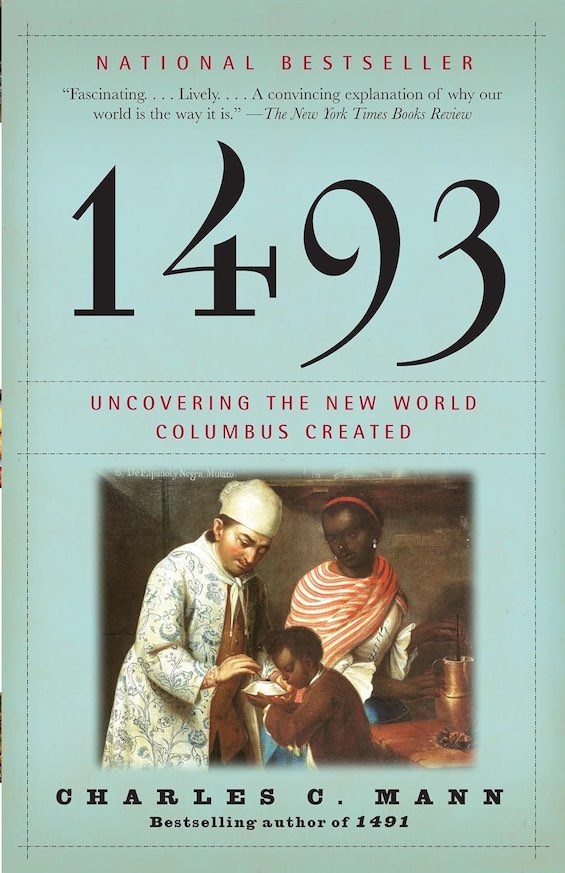
Estimated reading time: 5 minutes
Chances are, you’re aware that the potato originated in Peru and smallpox in Africa, and that both species crossed the Atlantic shortly after Columbus. You probably know, too, that the potato later became a staple in many European countries and that smallpox decimated the native population of the Americas. However, what you may not know is how profound was the collective impact on the course of history of the exchange of many other animals, plants, minerals, and microorganisms from the Old World to and from the New. Writing in 1493, Charles C. Mann explores how this exchange shaped the world after Columbus.
Historians call this phenomenon the Columbian Exchange. Mann refers to it as a turning-point equally as profound as the development of agriculture. That may be an overstatement, but no matter. One after another, this brilliant book brushes away a host of cherished myths that have grown up in the shadows of history.
1493: Uncovering the New World Columbus Created by Charles C. Mann (2011) 560 pages ★★★★★
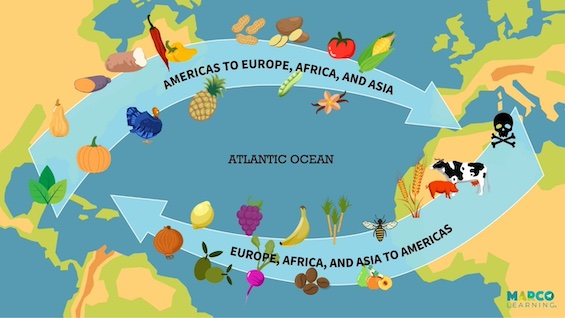
Four overarching themes
Four themes predominate in 1493.
A truly global phenomenon
The Columbian Exchange was by no means limited to commerce between Europe and the Americas. It was a truly global phenomenon, with far-reaching effects in Asia and Africa as well. Mann refers to the era ushered in by the Columbian Exchange as the “Homogenocene”—a new phase in human history when globalization became a reality and the world we share became increasingly homogenized.
Widespread economic consequences
Though the Conquistadors’ search for gold was largely frustrated, their discovery of a mountain of silver in Bolivia more than justified the search. The massive mining operation in Potosí—manned by slave labor—allowed Spain to flood the world with so much of this precious metal that it eventually wrecked the economies of both Europe and China. However, for three centuries, the rush of money into Spanish coffers made it one of the world’s most powerful nations, and for a time the world’s superpower.
Profound demographic effects
When Europeans sailed westward to colonize the New World, the native population was huge. For example, the Eastern seaboard of North America was more densely populated than Western Europe. Diseases inadvertently introduced from Europe and Africa reduced the population by half or more within the first few decades. However, although Mann doesn’t mention it, the genocidal policies of European colonists in both North and South America also hugely contributed to the catastrophic population decline. When the Spanish began their conquest, the population of the Americas was greater than that of Europe. But the imbalance rapidly shifted in the other direction.
A primarily African population movement
Most Americans think of the westward movement of people as a European phenomenon. It was, in fact, predominantly African. Africans, transported over the sea as slaves, outnumbered European colonists by huge ratios. Not until the 19th Century, when the Irish potato famine and political upheaval across Europe produced mass emigration to the Americas, did the ethnic balance tip.
These are just a few of the eye-opening themes Mann develops so ably in 1493. If you have even a passing interest in how the world got to be the way it is, read this book.
About the author

Charles C. Mann has written four nonfiction books and coauthored four others. He has also written articles for numerous magazines and newspapers and even for the TV series, Law and Order. Primarily a science journalist, he is a contributing editor for Science, The Atlantic Monthly, and Wired. Mann was born in 1955 and graduated from Amherst College. He lives in Amherst, Massachusetts, with his wife and children.
For related reading
This is one of the top 10 nonfiction books that changed my thinking.
I’ve also reviewed the companion volume to this book, 1491: New Revelations of the Americas Before Columbus (Astonishing new evidence about the Americas before 1492).
For links to my reviews of several other books that take a broad view of history, see New perspectives on world history.
This is one of the books I’ve included in my post, Gaining a global perspective on the world around us. You may also enjoy browsing through 20 top nonfiction books about history. And if you enjoy reading history in fictional form, check out 20 most enlightening historical novels.
And you can always find my most popular reviews, and the most recent ones, on the Home Page.

